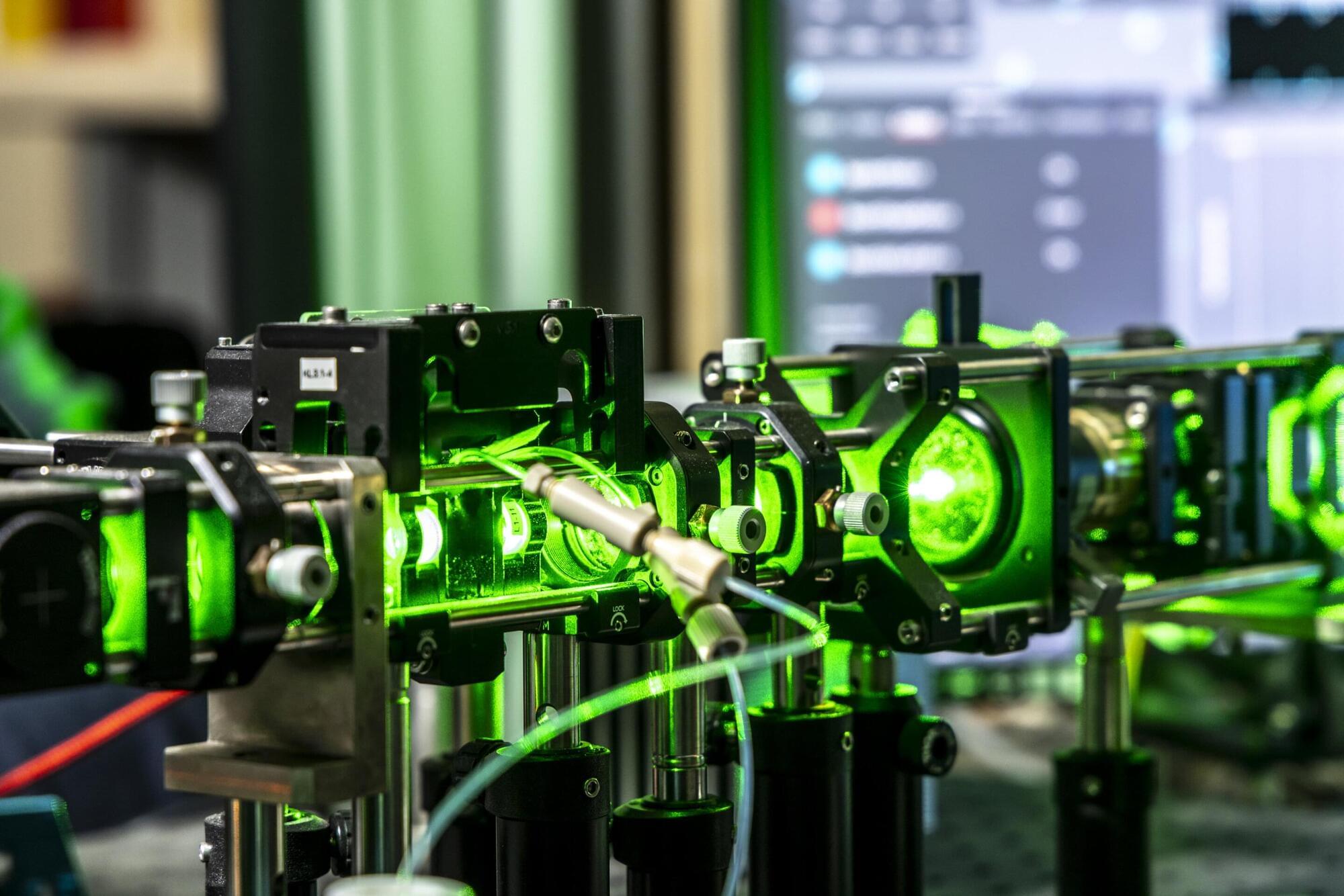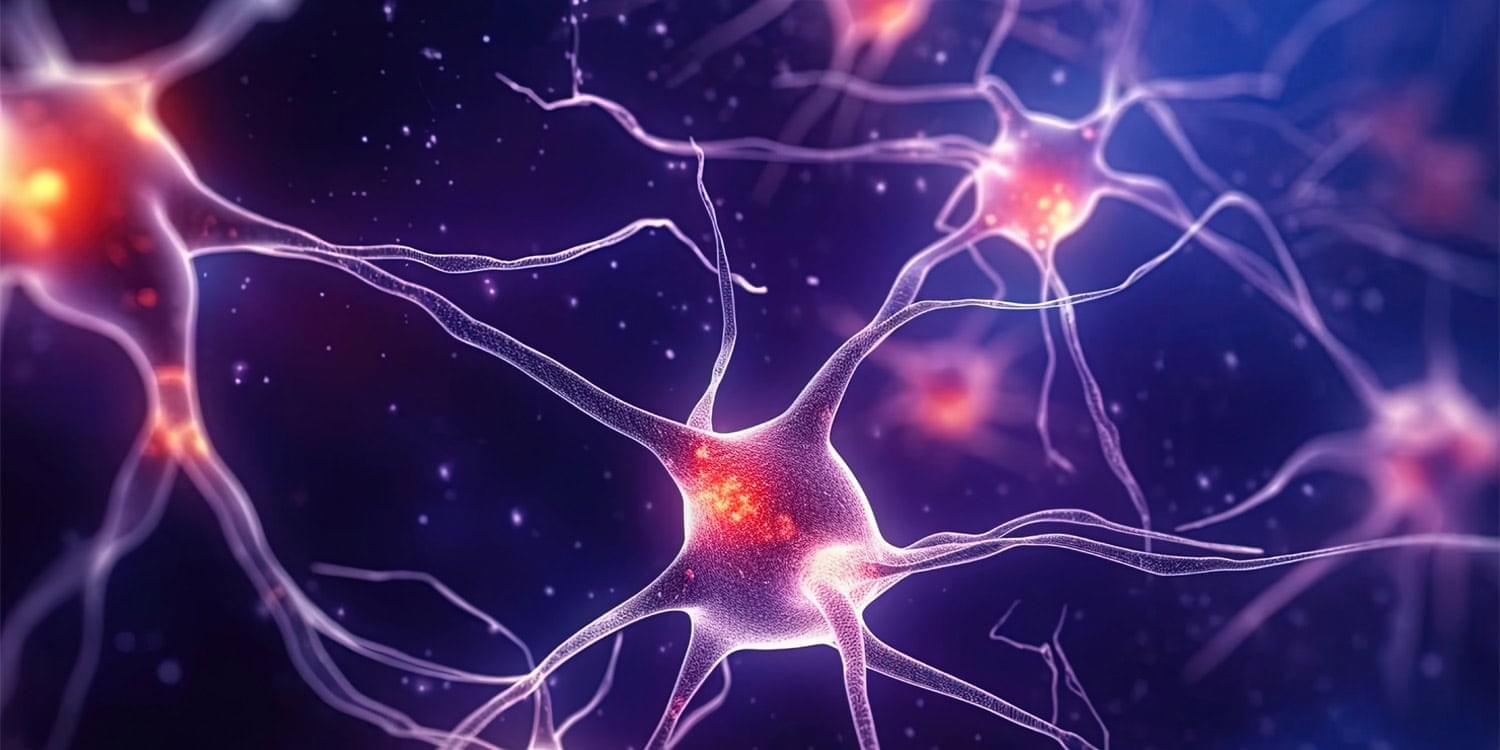Microplastics and much smaller nanoplastics enter the human body in various ways, for example through food or the air we breathe. A large proportion is excreted, but a certain amount remains in organs, blood, and other body fluids.
In the FFG bridge project Nano-VISION, which was launched two years ago together with the start-up BRAVE Analytics, a team led by Harald Fitzek from the Institute of Electron Microscopy and Nanoanalysis at Graz University of Technology (TU Graz) and an ophthalmologist from Graz addressed the question of whether nanoplastics also play a role in ophthalmology.
The project partners have now been able to develop a method for detecting and quantifying nanoplastics in transparent body fluids and determining their chemical composition. The research is published in the journal Analytical Chemistry.









